The beauty of the oceans is a mesmerizing spectacle that captivates the human spirit. Endless horizons of sparkling azure waters stretching as far as the eye can see evoke a profound sense of wonder and serenity.
Beneath the surface lies a world of breathtaking diversity, where vibrant coral reefs teem with colorful fish, and graceful marine mammals glide through the deep blue, creating a living masterpiece of nature. The rhythmic dance of waves crashing against pristine shores and the hypnotic sound of the tide’s ebb and flow resonate with a soothing melody, inviting contemplation and reflection. Sunsets and sunrises over the open sea paint the sky with a kaleidoscope of colors, while moonlight glistens on the water’s surface, casting an ethereal spell. The oceans remind us of the Earth‘s boundless beauty and inspire a sense of humility and awe in the face of such majesty.
Table of Contents
Amount of Water
The total amount of water in all of the seas and oceans on Earth is estimated to be around 1.332 billion cubic kilometers (km³) or about 320 million cubic miles.
Approximate values for the total water volume of each of the major oceans:
- Pacific Ocean: Approximately 170 million cubic miles (710 million cubic kilometers (km³))
- Atlantic Ocean: Approximately 74 million cubic miles (310 million cubic kilometers (km³))
- Indian Ocean: Approximately 18 million cubic miles (73 million cubic kilometers (km³))
- Southern Ocean: Approximately 17 million cubic miles (71 million cubic kilometers (km³))
- Arctic Ocean: Approximately 3.4 million cubic miles (14 million cubic kilometers (km³))
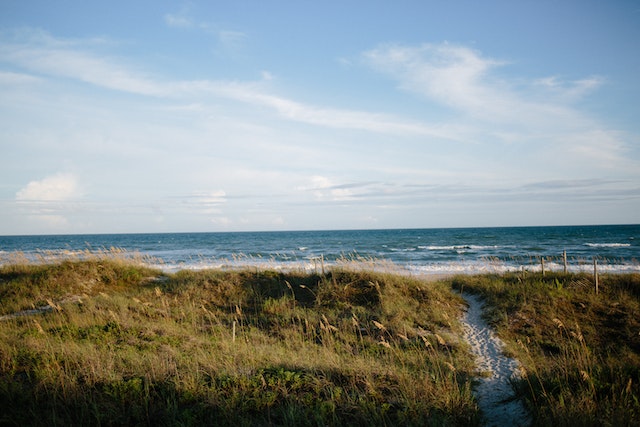
Surface Area
The total area of all the seas and oceans on Earth is estimated to be approximately 361 million square kilometers (km²) or about 139 million square miles.
Approximate values for the total surface area of each of the major oceans:
- Pacific Ocean: Approximately 63.8 million square miles (165 million square kilometers (km²))
- Atlantic Ocean: Approximately 29.3 million square miles (76 million square kilometers (km²))
- Indian Ocean: Approximately 27 million square miles (70 million square kilometers (km²))
- Southern Ocean: Approximately 7.7 million square miles (20 million square kilometers (km²))
- Arctic Ocean: Approximately 5.4 million square miles (14 million square kilometers (km²))
Point Nemo
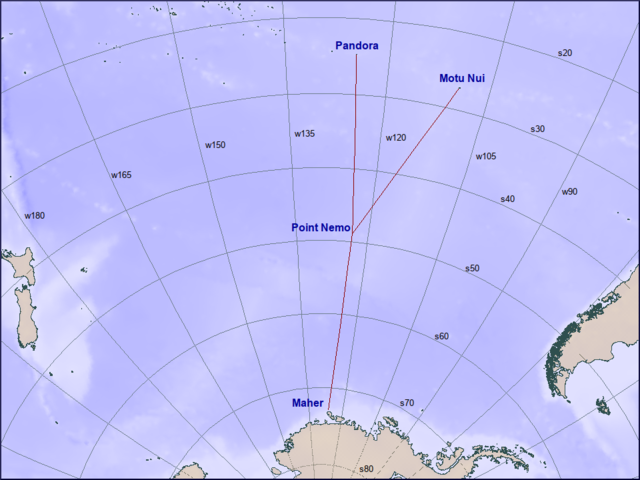
Point Nemo, scientifically known as the “Oceanic Pole of Inaccessibility,” is a remarkable and incredibly remote location nestled in the South Pacific Ocean. Located at approximately 48°52.6′S latitude and 123°23.6′W longitude, Point Nemo is renowned as the single point on Earth that is farthest from any landmass. This unique designation means that when you stand at Point Nemo, you are a staggering 2,688 kilometers (about 1,670 miles) away from the closest land, which happens to be Ducie Island in the Pitcairn Islands.
The name “Nemo” pays homage to Captain Nemo, the iconic character from Jules Verne’s novel “Twenty Thousand Leagues Under the Sea.” Notably, this remote spot holds significance for space agencies; it serves as the preferred splashdown site for retiring satellites and space stations, ensuring their safe re-entry into Earth’s atmosphere without endangering populated regions. As a result, Point Nemo is not just a geographic curiosity but also a practical solution for the responsible disposal of man-made objects in space, underscoring its importance in our interconnected world.
Puerto Rico Trench
The deepest location in the Atlantic Ocean is known as the “Puerto Rico Trench.” This trench is located to the north of Puerto Rico and runs eastward toward the Atlantic Ocean. The deepest point in the Puerto Rico Trench, called the “Milwaukee Deep,” plunges to a remarkable depth of approximately 8,376 meters (about 27,480 feet) below sea level. It is one of the Earth’s most profound oceanic trenches and represents a subduction zone where the North American tectonic plate is slowly submerging beneath the Caribbean plate, resulting in these extreme depths. The Puerto Rico Trench is not only scientifically significant but also of interest to researchers studying deep-sea ecosystems and geology.
Mariana Trench
The deepest location in the Pacific Ocean and the entire world is known as the “Mariana Trench.” Within the Mariana Trench lies the “Challenger Deep,” which is the deepest point. The Challenger Deep reaches an astonishing depth of approximately 10,928 meters (about 35,856 feet) below sea level. It’s located in the western Pacific Ocean near the Mariana Islands and represents one of the most extreme and mysterious environments on Earth. The trench is a subduction zone where the Pacific Plate is plunging beneath the Mariana Plate, creating these incredible depths. Exploring the Mariana Trench and Challenger Deep has been a significant endeavor for oceanographers and deep-sea researchers, providing insights into the extreme conditions and unique life forms that exist in this harsh environment.
Sunda Trench
The deepest location in the Indian Ocean is known as the “Sunda Trench.” Within the Sunda Trench, the “Java Trench” is the deepest part. The Java Trench reaches a depth of approximately 7,450 meters (about 24,442 feet) below sea level. It runs along the southern coast of the Indonesian island of Java, extending into the eastern Indian Ocean. The trench is a subduction zone where the Indo-Australian Plate is subducting beneath the Eurasian Plate, leading to these significant depths. Like other oceanic trenches, the Java Trench is of scientific interest for its unique geology and the potential for the discovery of new deep-sea life forms.
South Sandwich Trench
The deepest location in the Southern Ocean is known as the “South Sandwich Trench.” Within this trench, the deepest point is referred to as the “Meteor Deep.” The Meteor Deep reaches a depth of approximately 7,235 meters (about 23,737 feet) below sea level. It is located to the east of the South Sandwich Islands in the southern Atlantic sector of the Southern Ocean. Trenches like the South Sandwich Trench are formed by the subduction of one tectonic plate beneath another, and they represent some of the most profound and least explored parts of the world’s oceans. While the Southern Ocean is one of the least studied and remote regions of the world, it is crucial for understanding global ocean circulation and climate patterns.
Eurasian Basin
The Arctic Ocean is relatively shallow compared to other oceans, and its deepest point is known as the “Eurasian Basin.” The depth of the Arctic Ocean varies, but its average depth is around 1,038 meters (3,406 feet). The deepest areas in the Arctic Ocean are typically found beneath the central Arctic ice pack, which makes precise depth measurements challenging. Unlike the deep ocean trenches found in other oceans, the Arctic Ocean is mainly characterized by its continental shelves and relatively shallow basins. Nevertheless, understanding the Arctic Ocean’s depth and geography is of great importance due to its role in climate systems and the effects of climate change in the polar regions.
Oceans play a paramount role in sustaining life on planet Earth and are of immense importance to humanity. They cover over 70% of the Earth’s surface, serving as a critical regulator of our climate by absorbing and distributing heat, which influences weather patterns and helps to mitigate temperature extremes. Oceans are a primary source of oxygen production, with marine plants and phytoplankton responsible for roughly half of the world’s oxygen supply. They also act as a colossal carbon sink, absorbing and storing vast amounts of carbon dioxide, thereby helping to regulate greenhouse gas levels in the atmosphere. Furthermore, oceans support a staggering diversity of life, providing sustenance for billions of people through fisheries, while also serving as a source of transportation, trade, and recreation. Oceans are hubs of biodiversity, housing countless species, many of which are yet to be discovered and studied, offering potential medical and scientific advancements. Protecting and preserving these vital ecosystems is not just an environmental imperative but a fundamental necessity for the well-being of our planet and future generations.
Read more posts in Science.
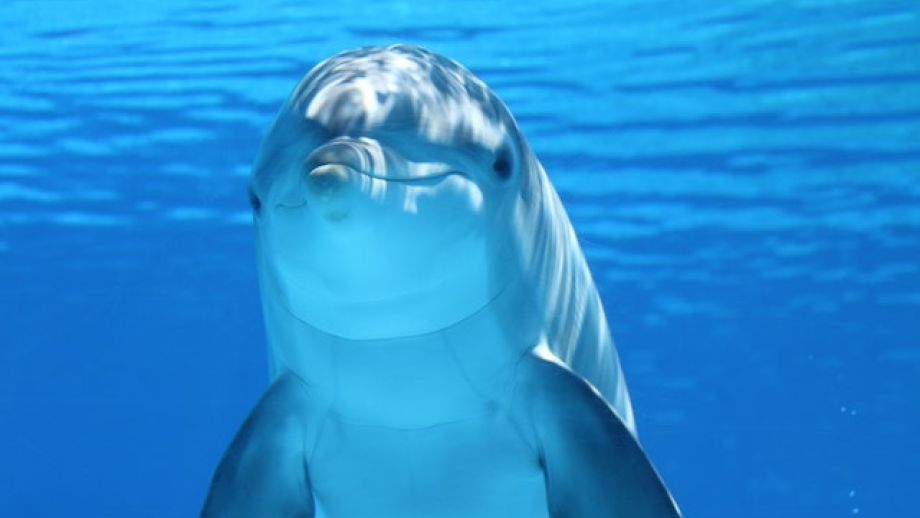




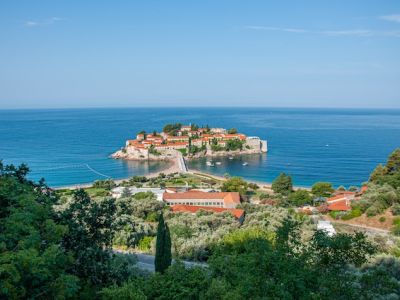
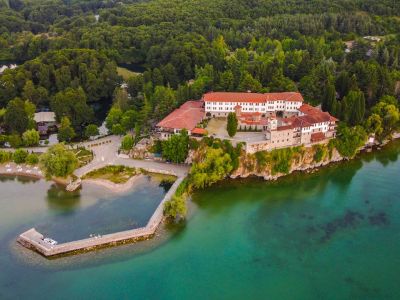


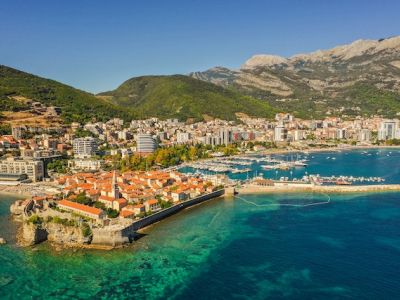

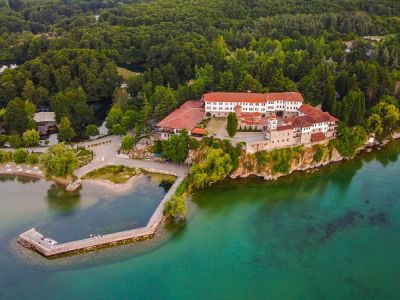
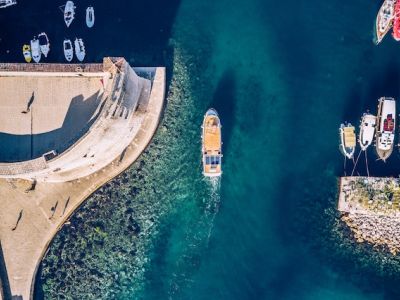
Leave a Reply